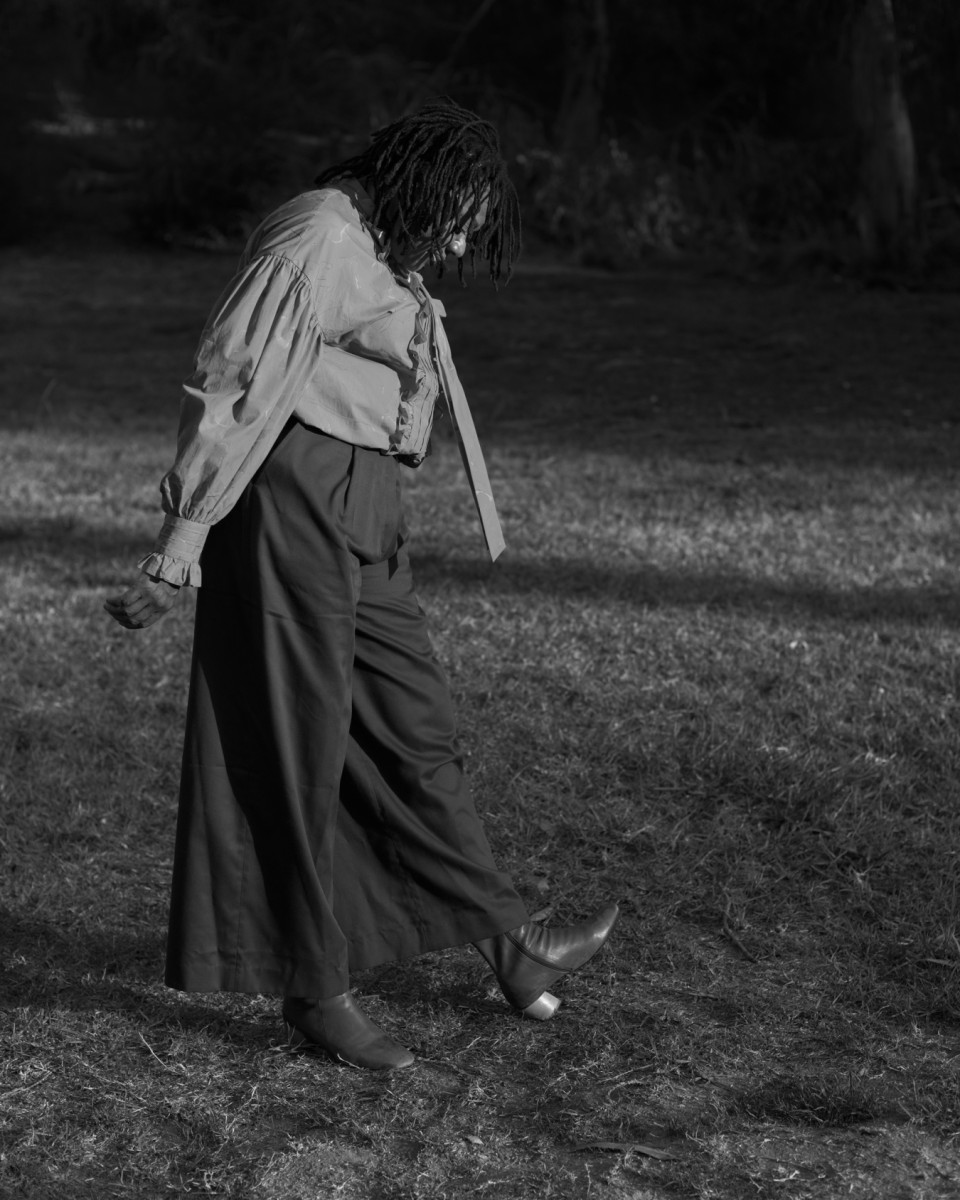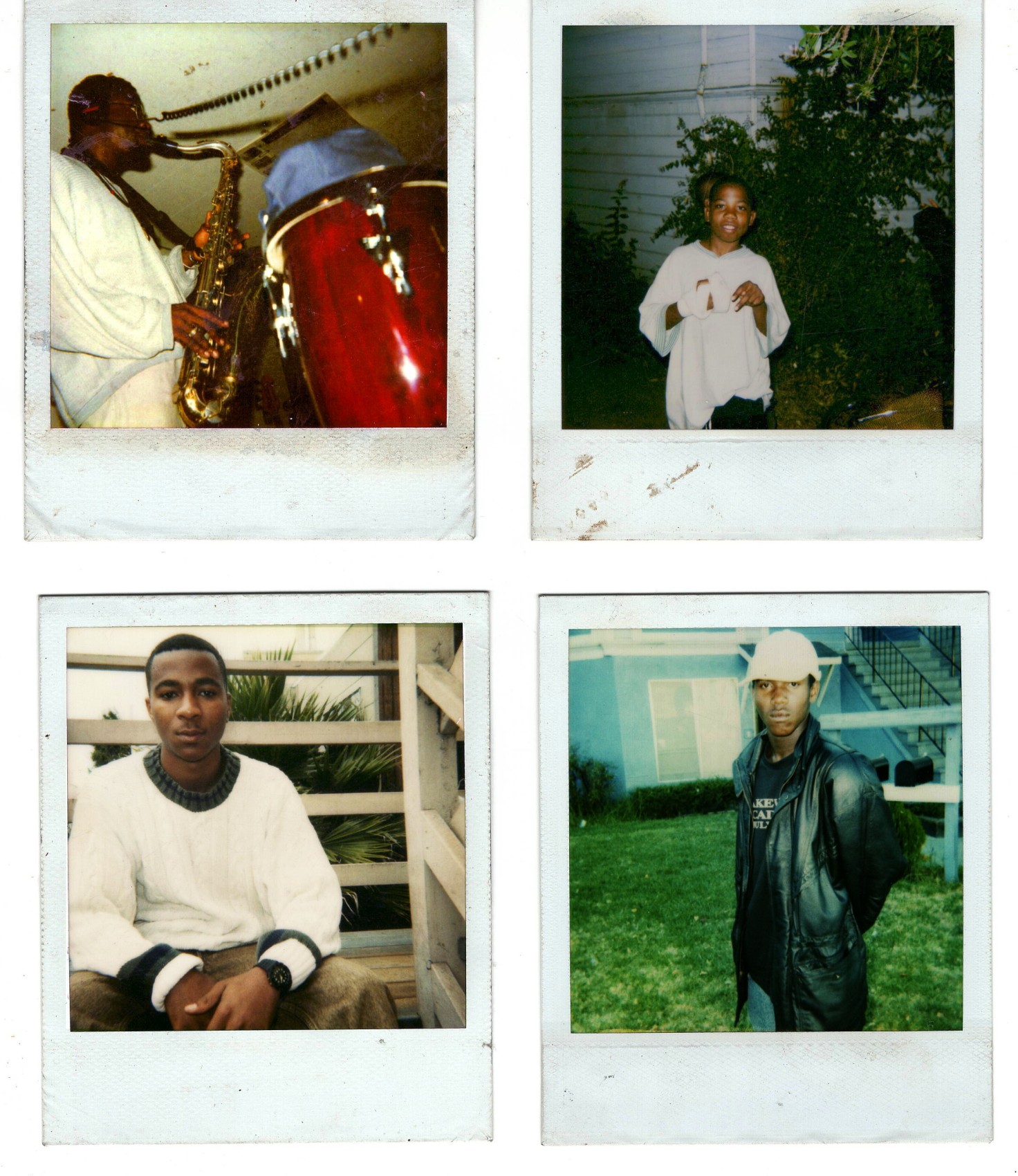Drylongso is a film about two Black girls, each experiencing a kind of jeopardy and isolation, each looking for a way to escape.The tools at their disposal were limited, as were mine as the filmmaker. Back then, baggy clothes were the armor of the streets. They protected the Black body from the extreme surveillance we were and still are subjected to. Baggy pants and a hoodie could hide a weapon, cash, or groceries. Depending on how these clothes were worn, they could also obscure gender, which came in extremely handy when one was in need of mobility. We didn’t have the language we have now to talk about why and how that mattered, to talk about being cis-gendered or the jeopardy faced by Black trans women.
I developed the script for Drylongso over the span of several years. If I recall correctly, I thought it might become a short film. While outlining Pica’s story, I started taking my Polaroid with me everywhere. I would approach young Black men and ask if I could take their picture. Inevitably, they would ask why. My response was pretty much what Pica says in the film, “I am documenting the presence and faces of young Black men because they are an endangered species.” Most would simply shrug and pose and make small talk while we waited for the image to resolve. This was the nineties. Violence was at a surreal level. Oakland’s Highland Hospital became known for training military medics because in their emergency room, one could see all types of gunshot wounds, just like on a battlefield. I don’t remember ever attending a hip-hop show without gun fire popping off. Indeed, we were living on a battlefield and in the wake of HIV and ACT UP.
The scenes reproduced here all hinge around the slippage and play between Pica’s collection of Polaroid portraits of young Black men and her Orisha tarot deck, which she takes with her everywhere. The Tarot deck pops up again and again in this film, offering a device through which Pica can understand her fate or future. At times, tarot cards give way to the Polaroid portraits, replacing the Yoruba Orishas with the visages of young Black men.




